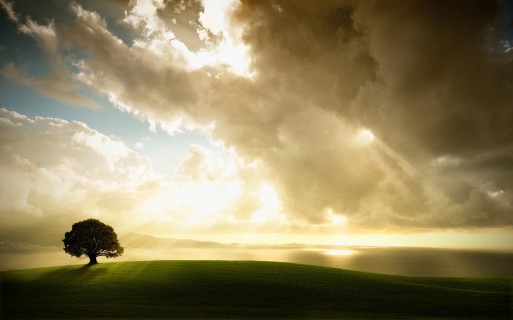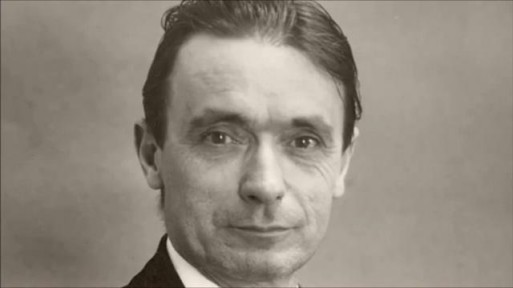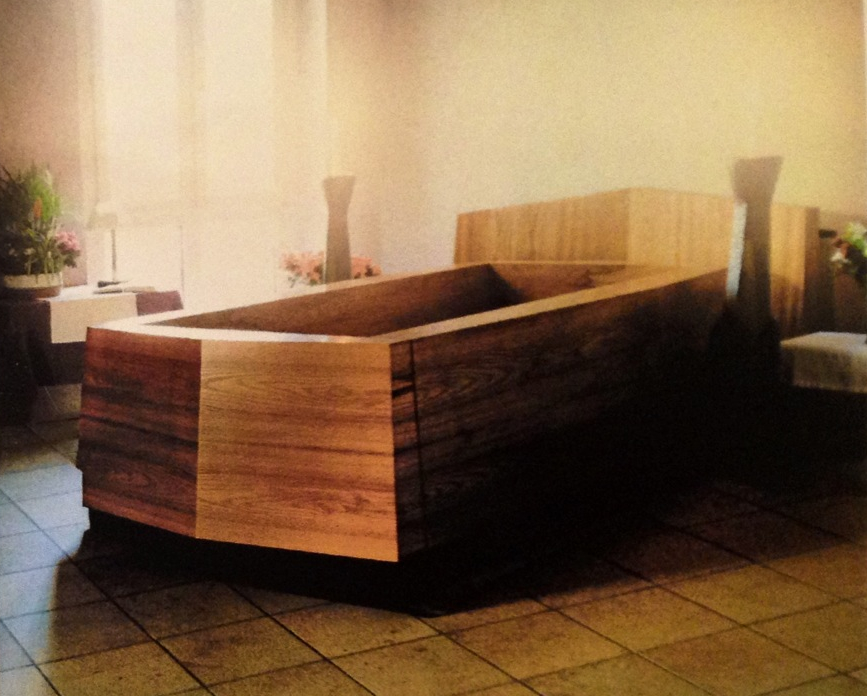At the turn of the century, the Austrian philosopher Rudolf Steiner (1861-1925) planted the first seeds for the anthroposophical movement, which continues to thrive today. Steiner became literally and figuratively an architect of our physical and emotional well-being. His design for the Ita Wegman Institute in Switzerland, built in 1924 for the medical community, is still a center for anthroposophical research today. Anthroposophy defines itself as a philosophy “which maintains that, by virtue of self-discipline, cognitional experience of the spiritual world can be achieved” in our time on earth. And in its integration with the Christian religion, it encourages us to have a meaningful connection with our bodies not only when in our physical prime, but also when we are nearing death.
Through a sense of self-awareness around the subject of death, anthroposophy believes we can eradicate much of the abstract, crippling fear we reserve for death. And instead, we move on to foster a positive relationship with dying by engaging ourselves in conversations about the subject. Death, it asserts, is a natural aspect of human life — and it merits the same attention we give other aspects of our humanity.
SevenPonds spoke with Craig Wiggins, a local San Franciscan priest at a church whose teachings are inextricably bound to the anthroposophical philosophy. “Each ritual is different,” he says in regards to the services both proceeding and following a person’s death, “because it is tailored to the individual. And regarding the embalming process, we learn that Formaldehyde is a typically American fixation — it’s not common practice in Europe.” Their Christian community not only renders death more natural in conversation, but quite literally. Unless the family of the deceased has indicated a desire for the body embalmed, it is left in its natural state and placed in a coffin that utilizes non-invasive cooling that replaces the need for formaldehyde.
“Formaldehyde is a typically American fixation — it’s not common practice in Europe.”
Immediately following a death, he will usually participate in cleansing the loved one’s body and afterwards place it in a coffin that remains open for viewing and ritualistic purposes that last for about three days. “We try to let [the body] remain at home,” he father Wiggins, who has presided over approximately sixty rituals, “but if that’s not possible it is moved over to the church.”
The process grants the spirit a sacred space, which is maintained by a vigil where the body is surrounded by loved ones. “The vigil itself is difficult to define,” states Reverend Wiggins, “as it’s tailored to each person.”
Father Wiggins’ church values the needs of the individual in death and life by helping its members feel comfortable with the process beforehand. “What we’re trying to do,” he explains, “is prepare the families beforehand about what their body’s presence is going be like after they die so it becomes less scary.”
- Contact Craig Wiggins For more information on the anthroposophical Christian Community at craig@wiggins.nl
- And check out another SevenPonds article on the positives of accepting death

 The Anthroposophical Perspective: Acceptance of Death in Life
The Anthroposophical Perspective: Acceptance of Death in Life





 Our Annual Seven Holiday Gifts for Someone Who Is Grieving, 2024 Edition
Our Annual Seven Holiday Gifts for Someone Who Is Grieving, 2024 Edition
 “Making Mobiles” by Karolina Merska
“Making Mobiles” by Karolina Merska
 “Hands Up to the Sky” by Michael Franti & Spearhead
“Hands Up to the Sky” by Michael Franti & Spearhead















I am an Anthroposophist since 2002 or 2003
I became a member f the Schoolof Spiritual Science in 2003 and keep abreast with the class.
Since I stopped driving in 2012, I have notbeen able to attend in theFirst Class Meetings, but I have participated with the class n session byreading the same material at home.
I am 85 years old. I am healthy and relatively active, at times more tired, and my strength is decr easing.
Report this comment
this is wonderful. There is much comfort in the First Class Lessons.
I facilitate online study groups, if you are interested. We’d love to have you join us.
contentedfarmATcomcastDOTnet
Report this comment
What do anthroposophists believe happens after death?
Report this comment
Hi Samaria,
I am unsure on to the answer to this question. There is a national Anthroposophical Society and I suggest you web search to ask them that question. Also major cities have chapters where you can chat with members about such topics.
Thanks for visiting us!
Suzette, Founder
Report this comment
There are many lectures and books on this topic. I suggest you read Knowledge of Higher Worlds, and Life between Death and Rebirth, both by Steiner, as well as Crossing the Threshold: Practical and Spiritual Guidance on Death and Dying based on the Work of Rudolf Steiner by Nicholas Wijnberg and Philip Martyn.
Report this comment